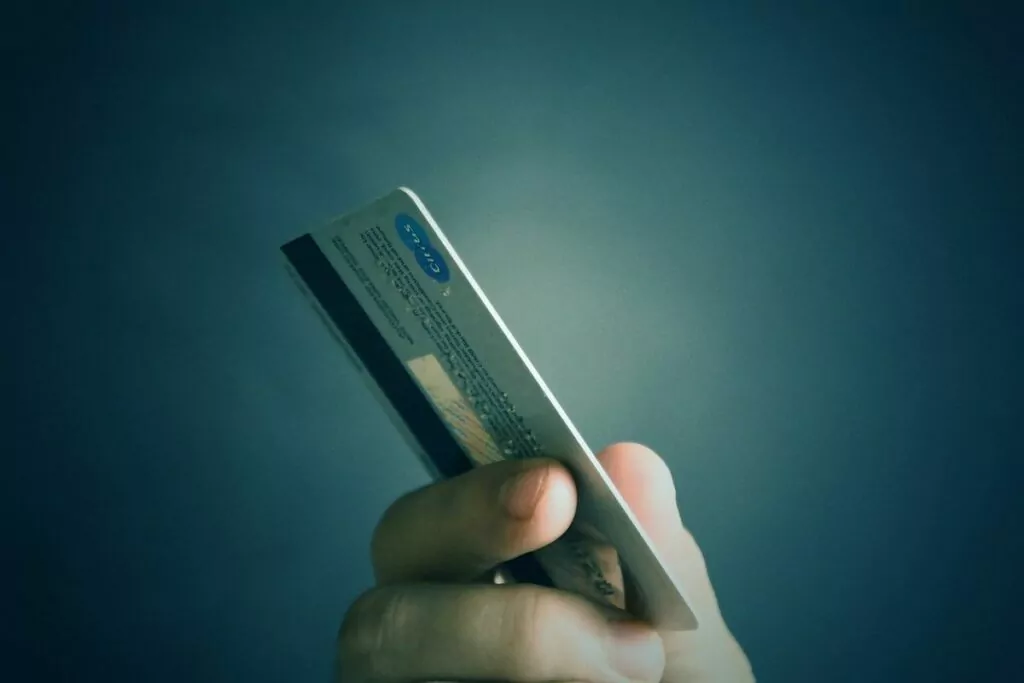On TV3's Luxury Trap, credit cards are being cut like there's no tomorrow, while there's a lot of talk about how bad a credit card is. However, this axiom is not necessarily rooted in reality. The truth is that a credit card is a good idea if you are in good financial shape and have the necessary skills to use it properly.
In this article, we tell you how you can save money by taking a credit card with you when travelling in the city, and which credit card is best for travel. We also talk about how to use your credit card properly when travelling so that you can maximise the benefits of a credit card for travel.
Innehållsförteckning
What is a credit card?
A credit card works much like a debit card, the main difference being that your money is withdrawn from a credit account instead of your bank account, as is the case with debit cards. With a credit card, you can also get a number of benefits, such as free travel insurance and bonuses that can be exchanged for free airline tickets.
These types of benefits are never included in credit cards, also known as bank and debit cards. Consumers' guide to debit cards is a good resource if you want to learn more about how a no-credit card works.
What is the best credit card for travelling?
The Norwegian credit card is the best credit card for travel. With this card, you get well-designed travel insurance, as well as a bonus of up to 20% thanks to the Norwegian Rewards programme that you can link to your Norwegian card. On top of that, the card has no withdrawal fee, and the annual cost is zero kroner.
If you use that card in the right way. That is, if you accumulate a lot of bonus points by buying travel with Norwegian Airlines and its partners, while paying the monthly bill in full every time, then that credit card becomes a real money-maker.

What's the catch with credit cards?
All businesses want to make money, including those that issue credit cards. Credit card companies make money by charging a relatively high interest rate of around 15 per cent. In addition, there may be a currency exchange fee, an annual fee and a withdrawal fee, all of which add to the issuer's bottom line.
To make a credit card a profitable business, you need to be smart and make the most of the benefits and bonus schemes, while paying your monthly bill in full and avoiding any interest charges. Just because many people use their credit card in the wrong way doesn't mean you have to.
You should also keep in mind that many credit cards, especially those credit cards issued by American Expresshas a high annual fee that can sometimes eat up the entire bonus earnings of the card.
5 things often included with a credit card for travelling
- Bonus and/or cashback. A bonus scheme is often included, where you either get cashback that you can use to pay off your monthly bill. Alternatively, you get bonus points that you can exchange for travel benefits such as airline tickets or hotel stays.
- Cancellation protection. If you use your travel credit card to pay for your trip, you will be covered by a cancellation insurance policy, which generally reimburses you and your fellow travellers an average of SEK 20,000 per person if you or a co-insured person is injured or falls ill before the trip and is unable to travel.
- Concierge service and Fast Track. Some travel credit cards give you free access to the concierge service (a personal assistant you can call whenever you want) and Fast Track, which means you can board the aircraft faster as you get through security more quickly.
- Travel benefits in the insurance. Car hire excess reduction, accident compensation and compensation for lost or delayed luggage are four sub-insurances that are almost always included if you buy a travel credit card.
- Low fees. This is not typical for this type of credit card. But a really good credit card for travellers has no annual fee and low surcharges for currency exchange and ATM withdrawals.



















1 Pingback